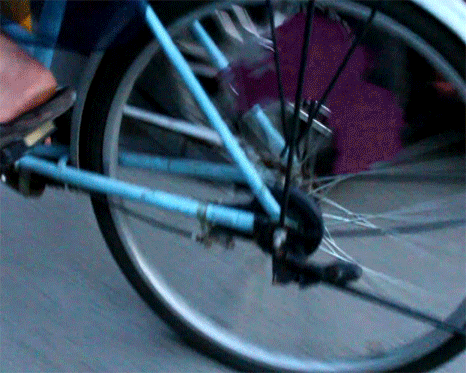
2011年5月18日至2011年6月5日
18 May – 5 June 2011
“大陆漂流.中国”活动将众多的艺术家,策展人,理论家,与活动家召集到一起,共同探索当 代地理政治转化对于公共框架与亲密生存 空间的影响。在一周的时间里,本活动将“漂”在北京,尝试将抽象分析(经济,社会学,都市生活研究,美学等等)直接导入不同的艺术实践当中。通过报告,工 作坊,讨论会与实地考察等方式,我们希望自己能在闹市与乡间的穿梭中构建一个充满欢乐,感觉试验,偶遇与思考的游历方式。
The Continental Drift China brings together artists, curators, theorists, and activists to explore the impacts that current geopolitical transformations are having on the public frameworks and intimate environments of existence. For one week, the roving seminar will drift through Beijing, endeavouring to bring abstract analysis (economics, sociology, urbanism, aesthetics, etc.) into direct contact with situated projects. By way of presentations, a workshop, discussion sessions and site visits, the project provides a movement through space thriving on conviviality, perceptual experimentation, unexpected encounters and informed travel in both metropolitan and rural settings.
活动安排 SCHEDULE
欲知所列每项活动的细节,请看本安排表下的具体内容。请注意不是所有的活动都在同一场所,活动地址安排如下:
For detailed descriptions of each of the events listed, please see below. Note that not all events are at the same location; addresses are listed accordingly.
【 合辑 Selections 】底特律音乐人类学赏析,王念华主讲 / an evening of musical anthropology led by Dan S. WANG
5月19日,周四,晚上7点开始
地点:家作坊,东城区交道口北二条8号
Thursday, 19 May, 19.00
location:HomeShop, Dongcheng District, Jiaodaokou Beiertiao 8
【 杨先让 YANG Xianrang 】(艺术家, 曾任中央美术学院民间美术系主任)讲座 / a Talk with Professor YANG Xianrang, artist and former head of the Central Academy of Fine Arts Folk Arts and Crafts department
5月21日,周六早上10点半开始
地点:家作坊,东城区交道口北二条8号
Saturday, 21 May, 10.30
location:HomeShop, Jiaodaokou Beiertiao 8
【西遊计划 Journey West 】艺术假扮旅行社简单开张 / A “Journey West” Travel Agency performative soft opening
5月21日,周六下午4点开始
地点:钟楼湾胡同41号
Saturday, 21 May, 16.00
location:41 Zhonglouwan Hutong (next door to The Drum and Bell Bar)
【《北二条小报》工作坊 Beiertiao Leaks self-publishing workshop】
5月22-23日,周六到周一,早上10点开始直到印刷完毕
地点:家作坊,东城区交道口北二条8号
Sunday & Monday, 22-23 May, 10.00 until the presses are hot
location:HomeShop, Jiaodaokou Beiertiao 8
从5月23日“大陆漂流”继续向武汉与重庆漂流,6月4日返回北京。如果你对我们下一步的旅行感兴趣,请e-mail垂询: lianxi[圈A]homeshop[点]org[点]cn。
From the 23rd of May until the 4th of June, the Drift continues on to Wuhan and Chongqing before rounding back up in Beijing. If you are interested to continue with us on this leg of the journey, please inquire: lianxi[at]homeshop[dot]org[dot]cn.
【 “大陆漂流.中国” 总结论坛 Continental Drift China Final Forum】“哪里哪里” 艺术空间将与大陆漂流参加者联合举办一个开放总结论坛。更多的详情稍候发布。 / The Where Where Exhibition Space in Caochangdi will host a final forum with China Drift participants open to the public. More details to be announced.
6月5日,周日,下午3点
地点:“哪里哪里” 艺术空间
朝阳区草场地村319-1艺术东区A区内
Sunday, 5 June, 15.00
location:Where Where Exhibition Space
No. 319-1, East End Art Zone A, Caochangdi
—–
本次大陆漂流活动由 “我们家” 青年自治中心,“家作坊”,“哪里哪里”策展联盟,与“罗盘”(美国中西部激进 文化走廊)等组织共同合作举办。
The Continental Drift China is developed by Desireè Youth Autonomy Center, HomeShop and the Where Where Curatorial Collective, in conjunction with Compass (of the Midwest Radical Culture Corridor).
豆瓣同城活动 Douban event page:www.douban.com/event/13954395/
更多关于“大陆漂流.中国”的参加者信息,继续读… For more information about participants of the Continental Drift China, please continue reading.
(more…)
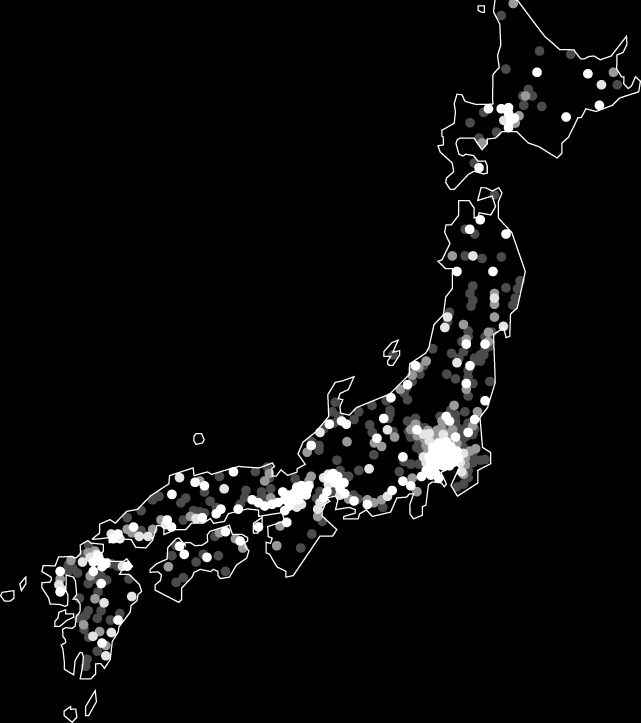

 时间 posted on: 31 March 2012 |
时间 posted on: 31 March 2012 |  发布者 author:
发布者 author: 
 分类 filed under:
分类 filed under: 


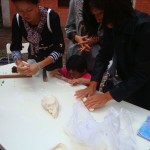



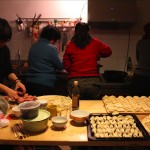
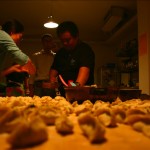

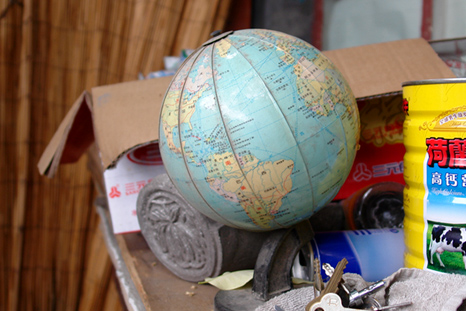
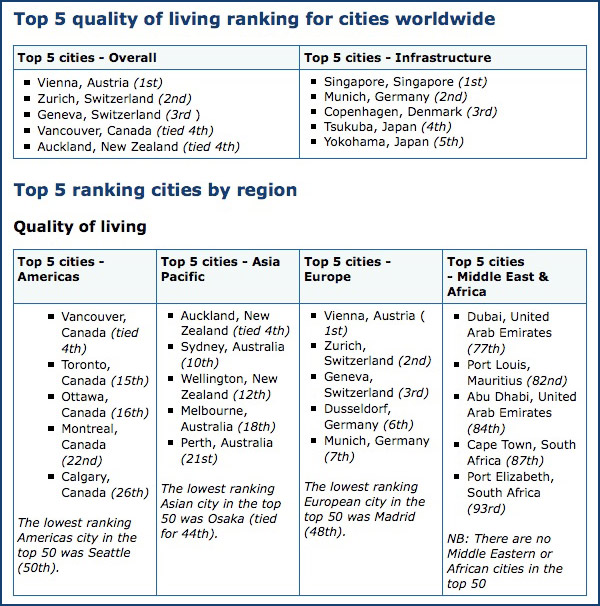


 all images above taken from the
all images above taken from the 

